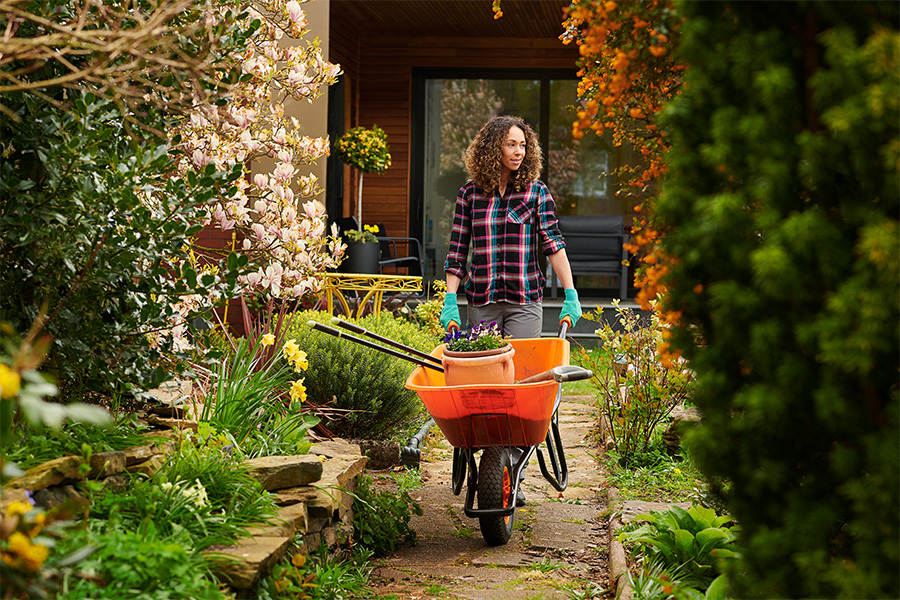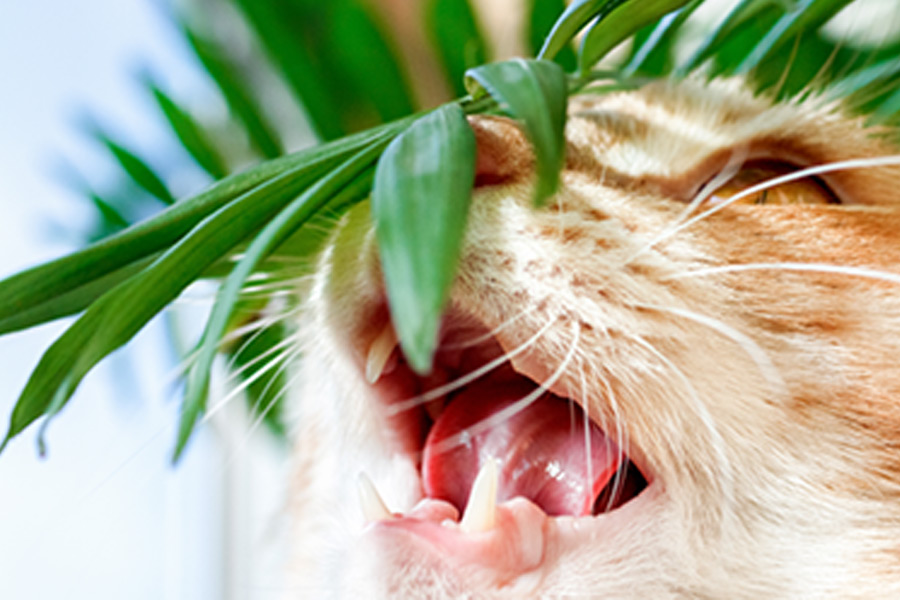Lawn and Garden
-

Landscape professionals must consider many factors when choosing the right flowering annuals to plant for a particular location. Primary considerations include high visual impact, consistent bloom for color, foliage for texture and color, sun exposure, growth habit and low-water tolerance. Cost plays an important role as well. Many landscapers typically choose common annual ornamentals and tropical perennials marketed as annuals. Particular species and cultivars tend to be favored over others for a variety of reasons; these are the bread-and-butter plants, such as cool-season pansies and warm-season petunias. Because of this, staple plants tend to be planted year after year, often in the same bed – a recipe for disease build-up, pesticide applications, loss of plants, plant replacement, dissatisfied customers, and ultimately, lower profit margins. This publication explains how to effectively use crop rotation and cultural practices to reduce disease incidence in seasonal color beds.
Jean Williams-Woodward and Bodie V. Pennisi
|
-

Deciduous fruit plants common to Georgia must be propagated asexually because they do not come true to seed. This makes it necessary to reproduce the desired fruit plants by methods such as cuttings, runners, layering, budding or grafting. This publication discusses the common techniques used to asexually propagate fruit plants adapted to Georgia.
Gerard W. Krewer and Bob Westerfield
|
-

This publication is a comprehensive guide to growing vegetables organically, including location, planning, irrigation, soil preparation, composting, fertilizers, successive planting and crop rotation, mulching and insect control.
|
-

Temperatures affects plant growth and distribution. This publication explains how low temperatures (chilling and freezing) affect plant growth in production greenhouses, nurseries, and landscapes. These three environments have different causes and effects, each requiring unique responses to avoid injury. This publication outlines different techniques that can be used to avoid cold injury to plants.
Paul A. Thomas, Bodie V. Pennisi, and Eric Stallknecht
|
-

This publication explains the different sources of salt in the soil, the effects of high salt and salinity in plants, measurements of salinity in soils and water, and a list of salt-tolerant native trees alongside their ability to withstand high salinity.
The information in this bulletin was requested by the green industry, county faculty, and the public.
John M. Ruter and Bodie V. Pennisi
|
-

B 577
Home Gardening
This resource explains everything you need to know about growing a successful home vegetable or herb garden, including location and planning, soil preparation, choosing what to plant and how to tend it, fertilizer, weed control, mulching and composting, watering, pollination, disease and insect control, harvesting, and freezing, canning and preserving.
Bob Westerfield
|
-

B 577-SP
Construyendo Huertos Caseros
Un huerto bien administrado y productivo es una delicia. Este puede proveerle a su familia y a usted con una variedad de vegetales nutritivos y saludables que pueden ser disfrutados frescos o en conserva para su utilización en el futuro. El trabajar en un huerto casero también puede ser un pasatiempo gratificante, un proyecto para miembros 4-H y una manera en la cual mejoramos nuestra condición física. Aunque es cierto que podemos comprar en el supermercado vegetales frescos de alta calidad, congelados o enlatados, muchos de nosotros estamos inclinándonos más hacia el cultivo de vegetales en nuestro propio hogar para suplementar los alimentos que compramos en el supermercado.
In inglés, this publication explains everything you need to know about growing a successful home vegetable or herb garden.
Bob Westerfield and Jonael Bosques Mendez
|
-

C 1237
Bagworms in Urban Landscapes
An introduction to bagworms, along with their biology, how they damage landscapes, and management options.
William G. Hudson, Shimat V. Joseph, and Oluwatomi Daniel Ibiyemi
|
-

House and garden plants may be toxic to cats and dogs. This visual guide will help pet owners learn which plants are safe, as even common plants can be deadly.
Brenda Jackson and Ellen M. Bauske
|